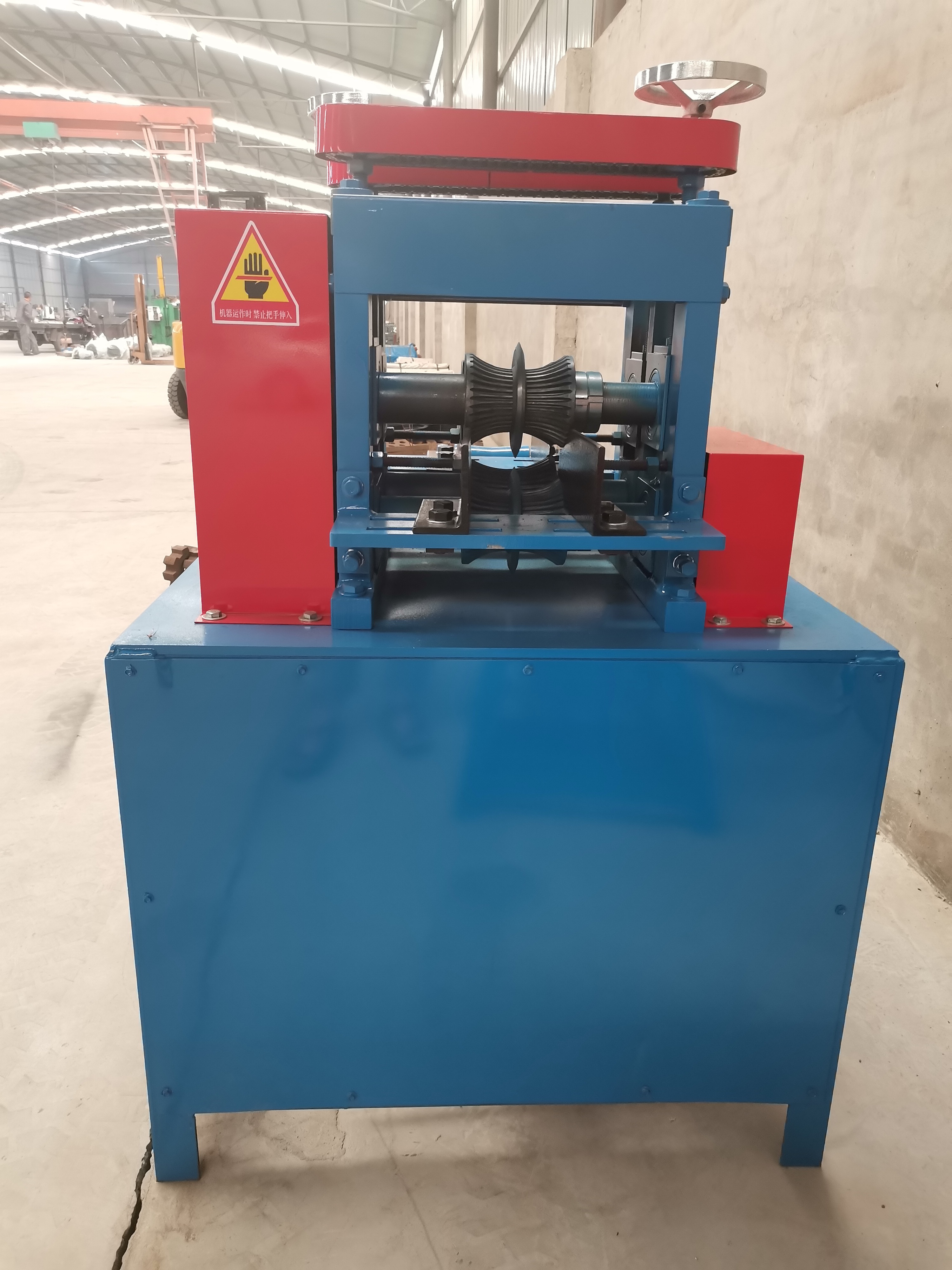

سپتامبر . 04, 2024 02:43 Back to list
Understanding the Costs of Industrial Shredders
Industrial shredders play a critical role in various sectors, from waste management to recycling and manufacturing. These powerful machines are designed to handle a wide array of materials, shredding them into manageable sizes for further processing or disposal. However, one of the most common questions businesses have when considering the purchase of an industrial shredder is what is the cost?
Factors Affecting the Cost of Industrial Shredders
The cost of industrial shredders can vary significantly based on several key factors
1. Type of Shredder There are several types of industrial shredders, including single-shaft, dual-shaft, and four-shaft shredders. Each type has its unique capabilities and price point. For instance, single-shaft shredders are generally more economical but might not be sufficient for heavier-duty applications compared to dual-shaft or four-shaft models.
2. Capacity and Size The size and capacity of a shredder are crucial determinants of its cost. Larger machines capable of processing higher volumes of materials tend to be more expensive. A business must assess its actual need to choose the right shredder – one that balances performance and cost-effectiveness.
3. Material Thickness and Type The nature of the materials to be shredded also impacts cost. Shredders designed to handle tough materials, such as metals or thick plastics, require more robust construction and advanced technology, thereby increasing their price.

4. Features and Technology Innovative features such as automatic feed systems, noise-reduction technology, and advanced safety mechanisms add to the cost. Companies must decide which features are essential for their operations, as these can significantly influence overall pricing.
5. Brand and Manufacturer The reputation and quality of the manufacturer can also affect the price. Well-established brands that offer reliable machinery and robust warranties are often priced higher due to their proven track records.
Initial Investment vs. Long-Term Savings
When evaluating the cost of industrial shredders, it is important to consider both the initial investment and the potential long-term savings they may provide. A high-quality shredder may involve a larger upfront cost, but its durability, efficiency, and lower maintenance requirements can lead to reduced operating costs over time. Additionally, using an industrial shredder can optimize waste processing operations, reduce landfill fees, and support a company’s sustainability goals.
Conclusion
In summary, the cost of industrial shredders varies widely based on type, capacity, materials, features, and brand reputation. When investing in such equipment, businesses need to carefully assess their specific needs and the total cost of ownership. Although appearing expensive at first glance, the right industrial shredder can ultimately lead to substantial operational efficiencies and cost savings. By making informed decisions, companies can significantly enhance their waste management and recycling processes while contributing positively to environmental sustainability.
Latest news
Troubleshooting Common Eddy Separator Problems
NewsJul.04,2025
The Role of Metal Recycling Plants in Circular Economy
NewsJul.04,2025
The Impact of Recycling Line Pickers on Waste Management Costs
NewsJul.04,2025
Safety Features Every Metal Shredder Should Have
NewsJul.04,2025
How Industrial Shredders Improve Waste Management Systems
NewsJul.04,2025
How Cable Granulators Contribute to Sustainable Recycling
NewsJul.04,2025